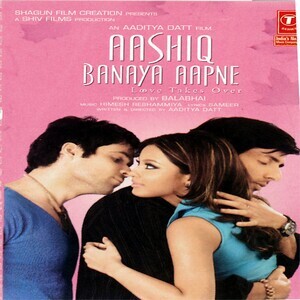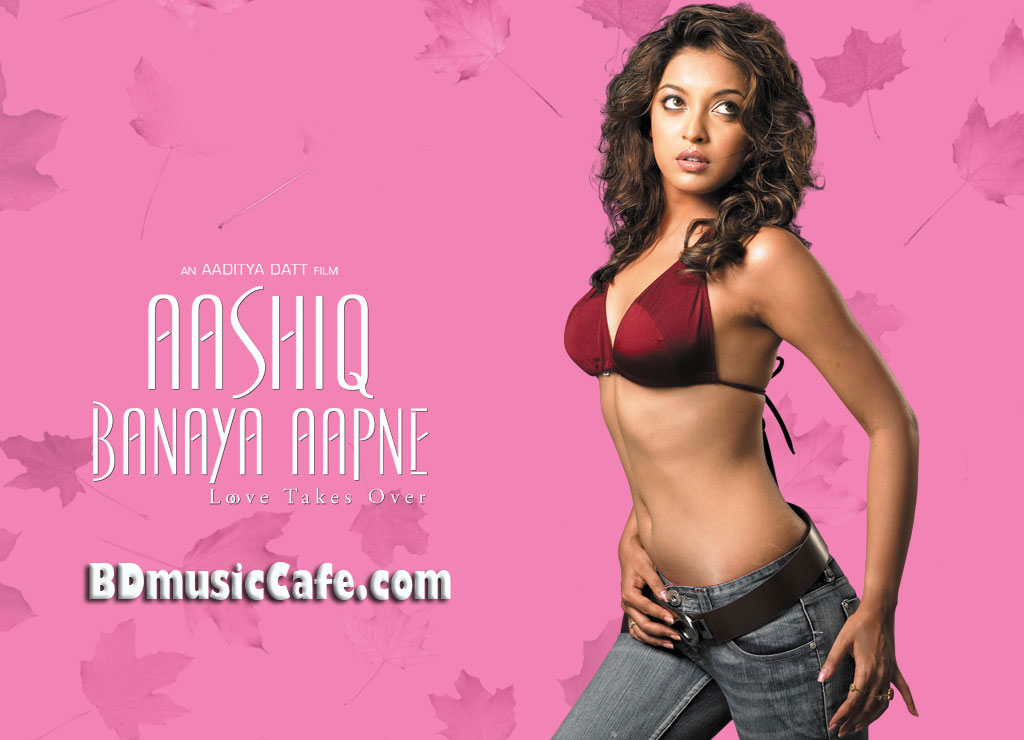_aashiq-banaya-aapne-romantic-hindi-bollywood-movie-124-emraan-hashmi-sonu-sood-124-romantic-movies-preview-hqdefault.jpg)
Aashiq Banaya Aapne Romantic Hindi Bollywood Movie | Emraan Hashmi,Sonu Sood | Romantic Movies from aashiq banaya aapne mouvi Watch Video - HiFiMov.co

Aashiq Banaya Aapne - Aashiq Banaya Aapne 128 Kbps.mp3 from Aashiq Banaya Aapne Mp3 Song Download Pagalfree

Stream Aashiq Banaya Aapne -Hate Story 4(Remix)--DJ PRITAM.mp3 by DJ PRITAM (Prit) | Listen online for free on SoundCloud

Aashiq Banaya Aapne (From 'Aashiq Banaya Aapne') Song Download by Himesh Reshammiya – Summer Nostalgia @Hungama

Aashiq Banaya Aapne - Film Cast, Release Date, Aashiq Banaya Aapne Full Movie Download, Online MP3 Songs, HD Trailer | Bollywood Life

Aashiq Banaya Aapne Title (Full Song) | Himesh Reshammiya,Shreya Ghoshal | Emraan Hashmi,Tanushree D - YouTube

LYRICS: Aashiq Banaya Aapne Song | Hate Story IV | Urvashi Rautela | Himesh Reshammiya | Neha Kakkar - YouTube

Aashiq Banaya Aapne Full Audio | Hate Story IV | Urvashi Rautela | Himesh Reshammiya Neha Kakkar - YouTube

Aashiq Banaya Aapne Acoustics I Hate Story IV | T-Series Acoustics I Neha Kakkar I T-Series - YouTube

Aashiq Banaya Aapne - The Remix Song Download by Anirudh Bhola – The Remix - Amazon Prime Original Episode 2 @Hungama

Aashiq Banaya Aapne Full Movie | Emraan Hashmi | Hindi Movies 2021 | Sonu Sood | Tanushree Dutta - YouTube















